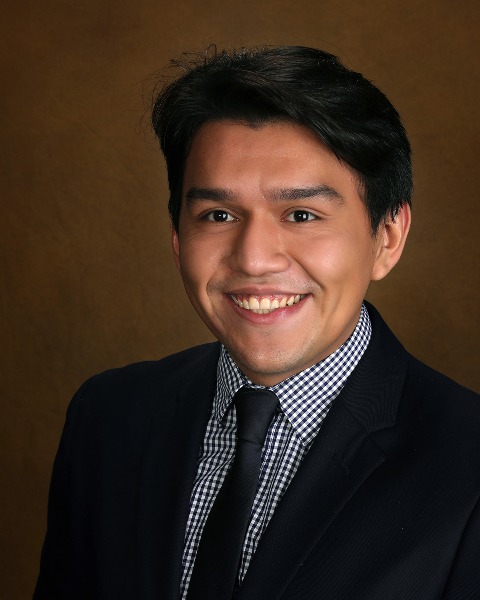Quality
80: Thromboembolic Events After Major Hepatectomy: Emphasizing Patient Selection for Prophylaxis

Salvador Rodriguez Franco, MD (he/him/his)
Senior Research Associate
University of Colorado Anschutz Medical Campus
Aurora, Colorado, United States
Salvador Rodriguez Franco, MD (he/him/his)
Senior Research Associate
University of Colorado Anschutz Medical Campus
Aurora, Colorado, United States
Salvador Rodriguez Franco, MD (he/him/his)
Senior Research Associate
University of Colorado Anschutz Medical Campus
Aurora, Colorado, United States- SG
Sumaya Abdul Ghaffar, MD
Research Fellow
University of Colorado, United States - MH
Mona Hamermesh, PA
Senior Instructor
University of Colorado Anschutz Medical Campus, United States - RW
Reed Weiss, RN, NP
Senior Instructor
University of Colorado Anschutz Medical Campus, United States - KB
Kyle Bata, MS
QI & data analyst
University of Colorado Anschutz Medical Campus, United States - NN
Nalu Navarro Alvarez, MD
Assistant professor
Univeristy of Colorado Anschutz Medical Campus, United States - MD
Marco Del Chiaro, MD, PhD
Division Chief Surgical Oncology
University of Colorado Anschutz Medical Campus, United States - RS
Richard D. Schulick, MD, MBA
Chair of Surgery and Cancer Center Director
University of Colorado, Department of Surgery, United States 
Ana Gleisner, MD, PhD
Associate Professor
University of Colorado
Denver, Colorado, United States
Abstract Presenter(s)
Submitter(s)
Author(s)
Patients undergoing liver resection, especially major hepatectomy, face a heightened risk for postoperative venous thromboembolism (VTE). Recent guidelines formally recommend initiation of prophylaxis as soon as hemostasis is achieved postoperatively. Despite this, thromboprophylaxis is frequently withheld due to bleeding concerns.
Methods: We retrospectively analyzed data from 2010 to 2022 on patients who underwent major hepatectomy at a single institution. Our primary interest was patient demographics and perioperative features that could influence VTE risk. VTE diagnoses, based on clinical criteria, were tracked up to one-year post-surgery.
Results: Out of 374 patients, 30 developed VTE (8%). Of these, 21 were diagnosed within the first 30 days post-surgery (5.6%). Notably, 52.4% of these early VTE cases were not under thromboprophylaxis at the time of diagnosis. Out of the 10 patients who were on anticoagulation, 90% were on unfractionated heparin. Regarding bleeding concerns, 6 patients had postoperative bleeding (1.6%, all Grade 2). While thromboprophylaxis was administered to 63.1% of patients during their hospitalization, its use increased to 82.6% for surgeries conducted after 2017. Patients showing distinct potential to benefit from prophylactic measures were those with a previous VTE episode (OR 3.1 [1.3-7.1]) and those undergoing surgeries lasting over 210 minutes (OR 2.1 [1.1-4.3]).
Conclusions:
Post-hepatectomy VTE incidence is noteworthy, particularly in the absence of thromboprophylaxis and in patients receiving unfractionated heparin. Prioritizing thromboprophylaxis, especially for patients with identified risk factors such as a history of VTE, or prolonged surgical operative time is warranted.
Learning Objectives:
- Upon completion, participants will be able to list the key risks and incidences of venous thromboembolism (VTE) in patients post major hepatectomy
- Upon completion, participants will be able to identify the importance of thromboprophylaxis.
- Upon completion, participants will be able to demonstrate an understanding of the trends and challenges in thromboprophylaxis administration
